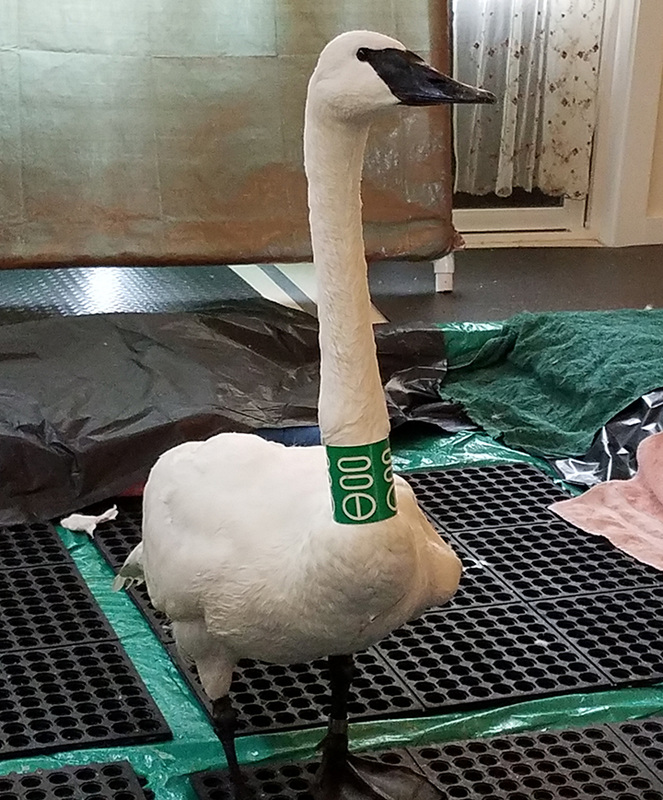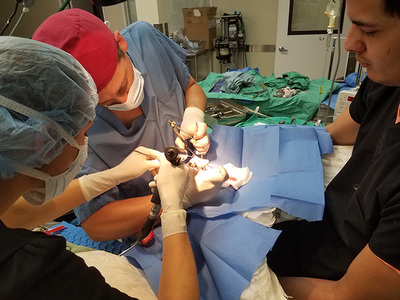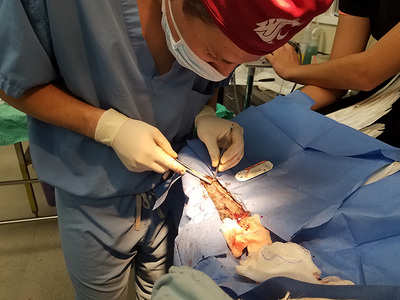|
Hope was shot near Summer Lake. She has a broken wing and had 4 hours of orthopedic surgery last Tues (25th). She now has 6 weeks of rehabilitation and recovery ahead of her. Care of Hope and her rehabilitation will involve physical therapy a couple times a week, bandage changes, medications twice a day, a diversity of food, and specialized housing that protects her keel, feet, and the waterproofing of her plumage.
Hope is a Trumpeter Swan, which were on the endangered species list for decades. Oregon Dept of Fish and Wildlife has worked for 20 years to get Trumpeters nesting and breeding again here in Oregon. Hope is the first bird born in Summer Lake to have been from a completely wild pair of birds. Her injury is particularly tragic for this reason. And ODFW, Native Bird Care, and her Drs are doing all they possibly can to save Hope. Comments are closed.
|
AboutNative Bird Care's is celebrating its 10th anniversary! Our main focus is song, shore, and waterbirds. We offer specialized care and facilities for these extraordinary birds.. Archives
January 2024
Categories
|



 RSS Feed
RSS Feed